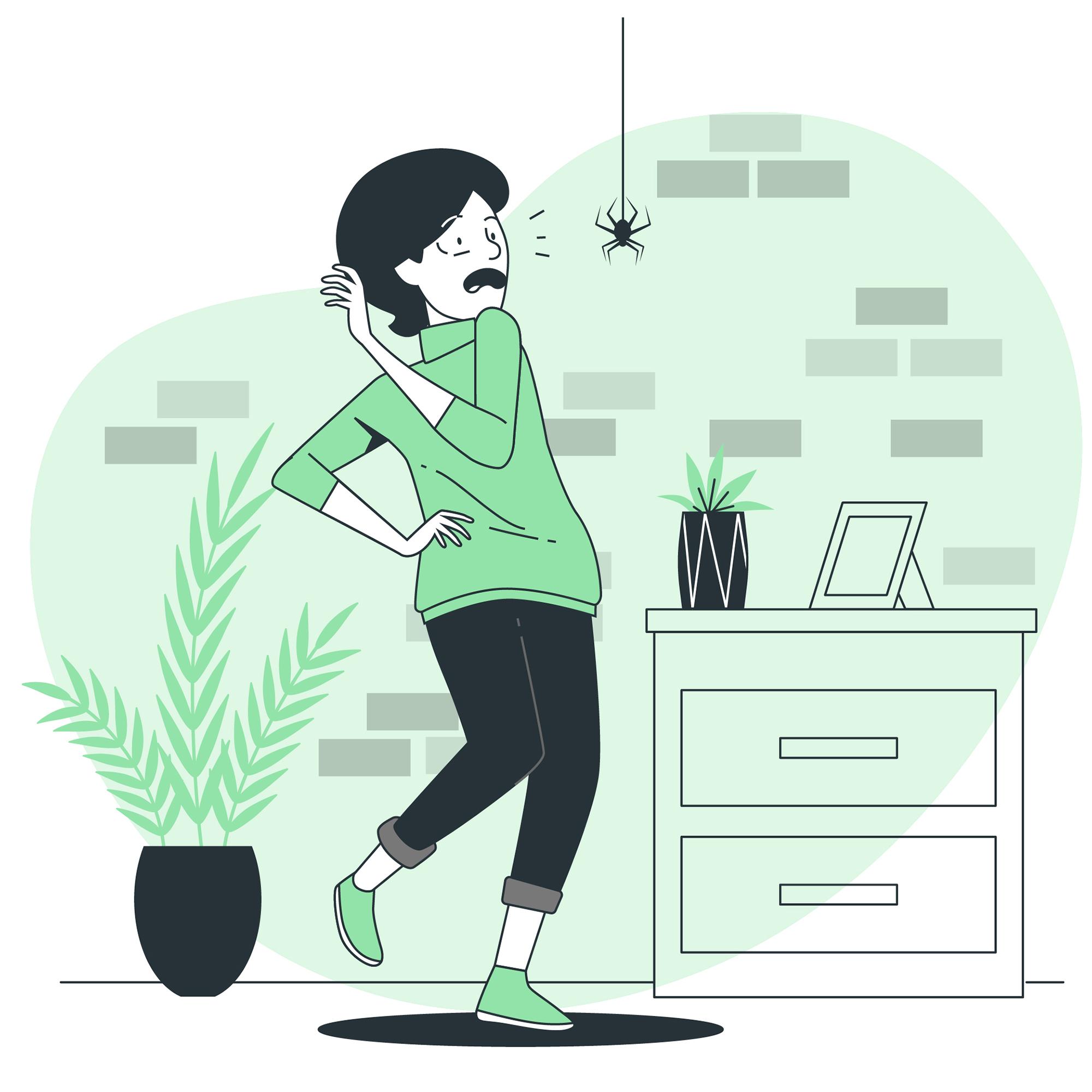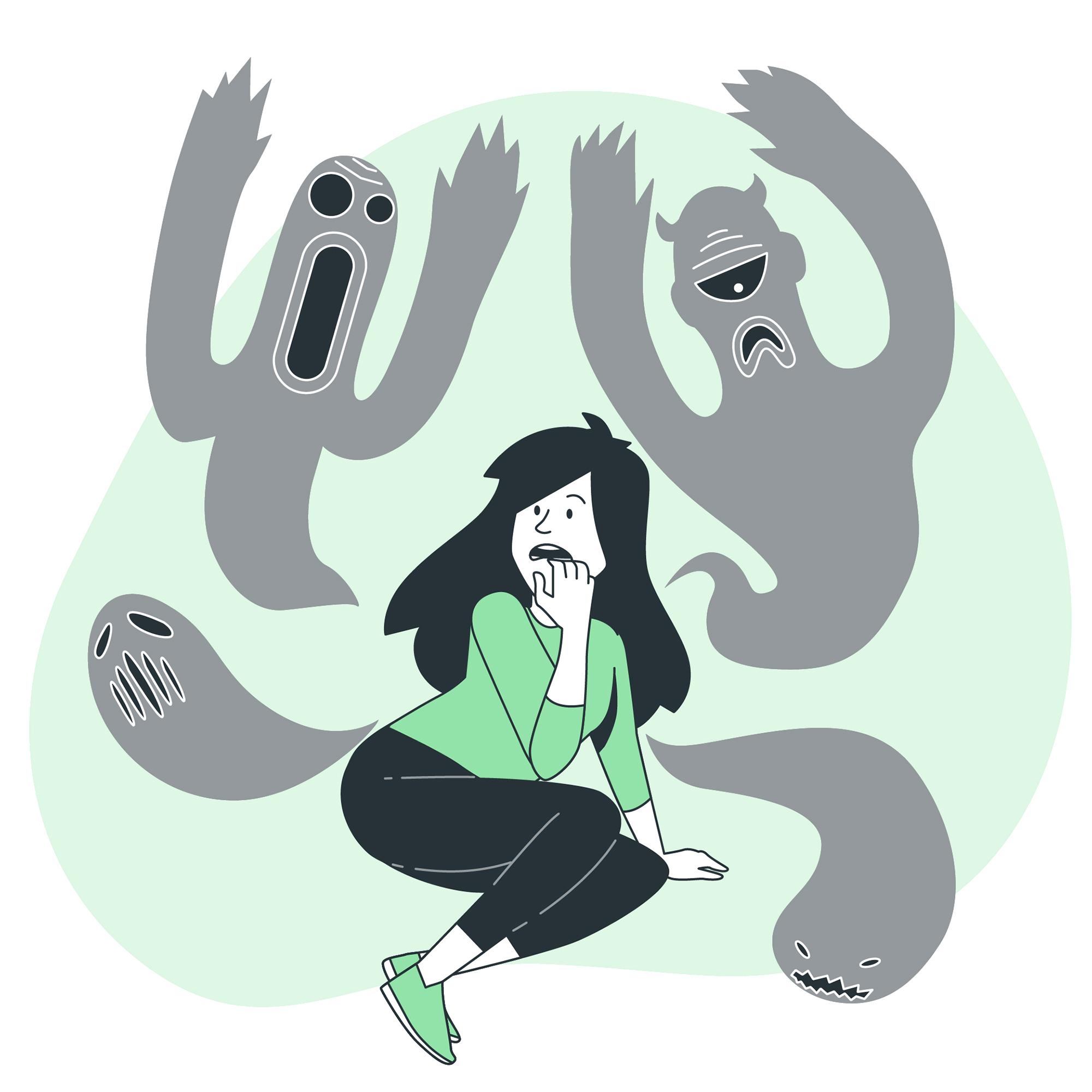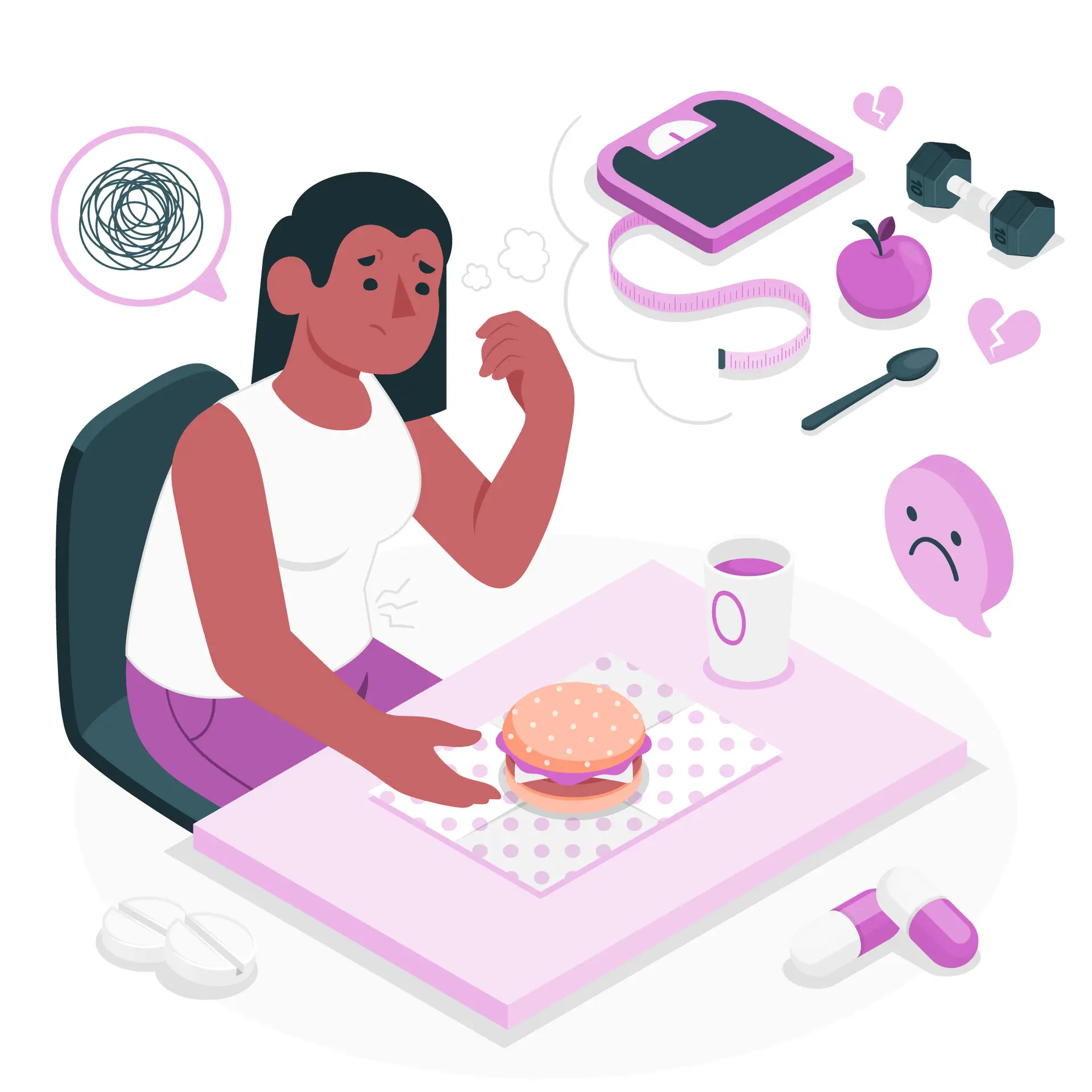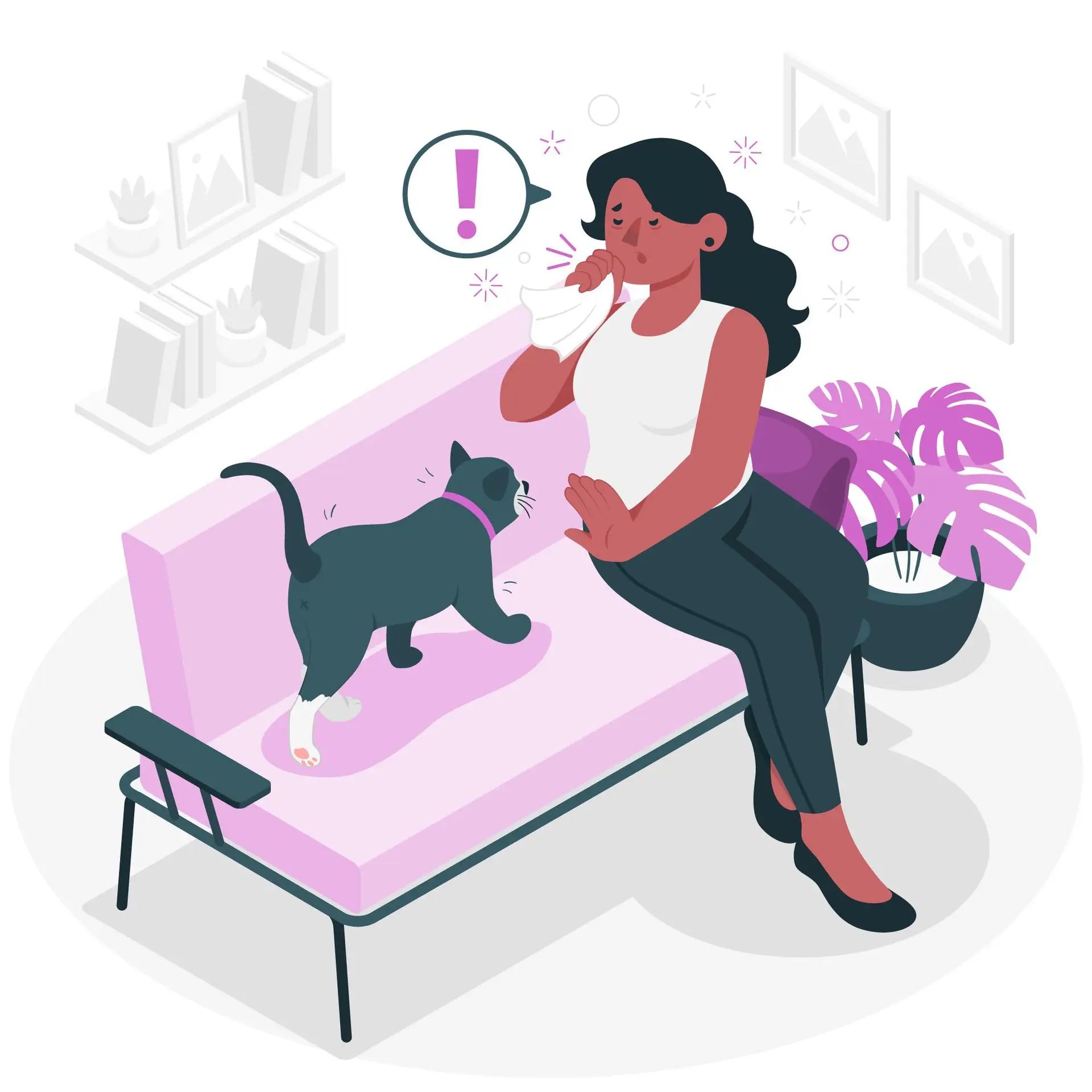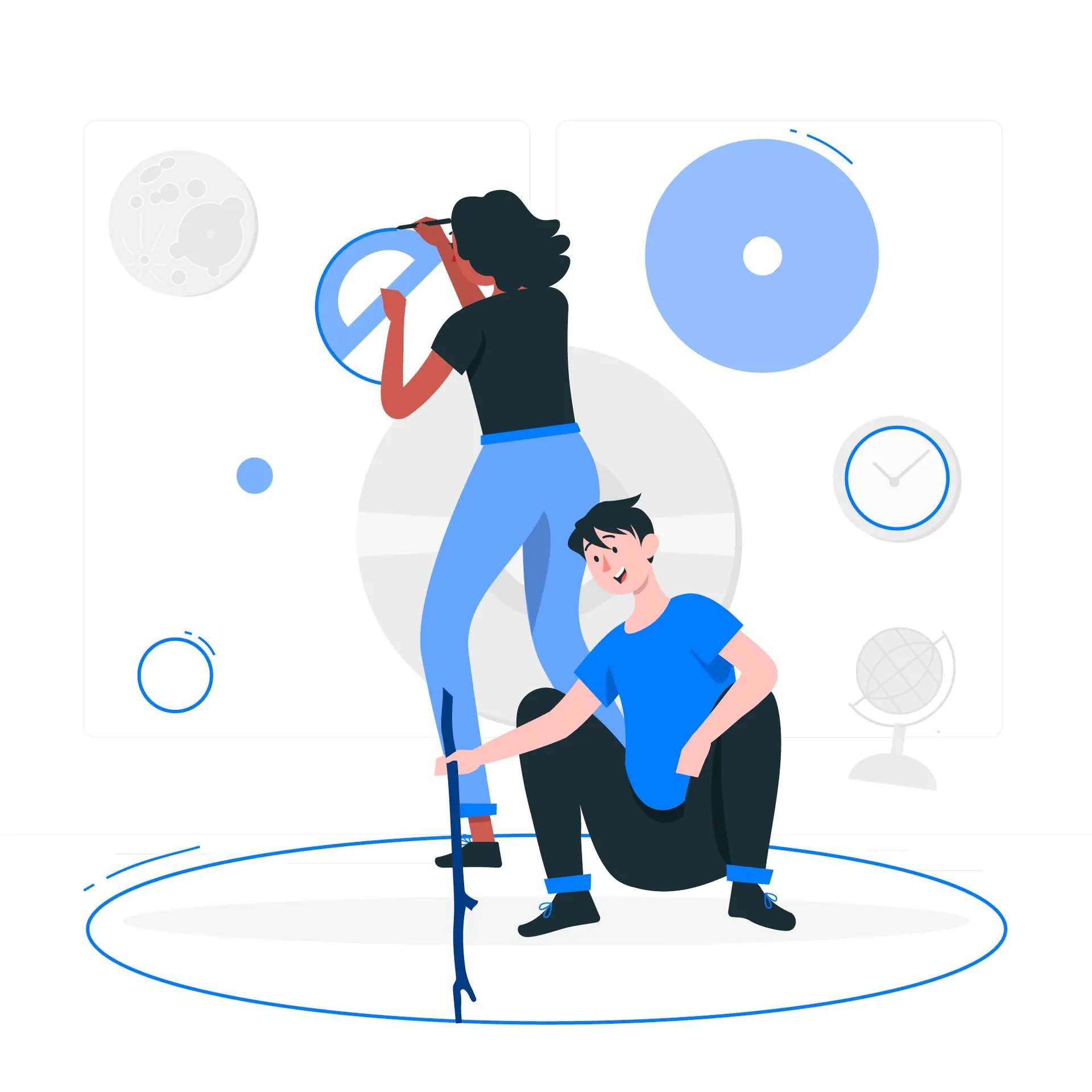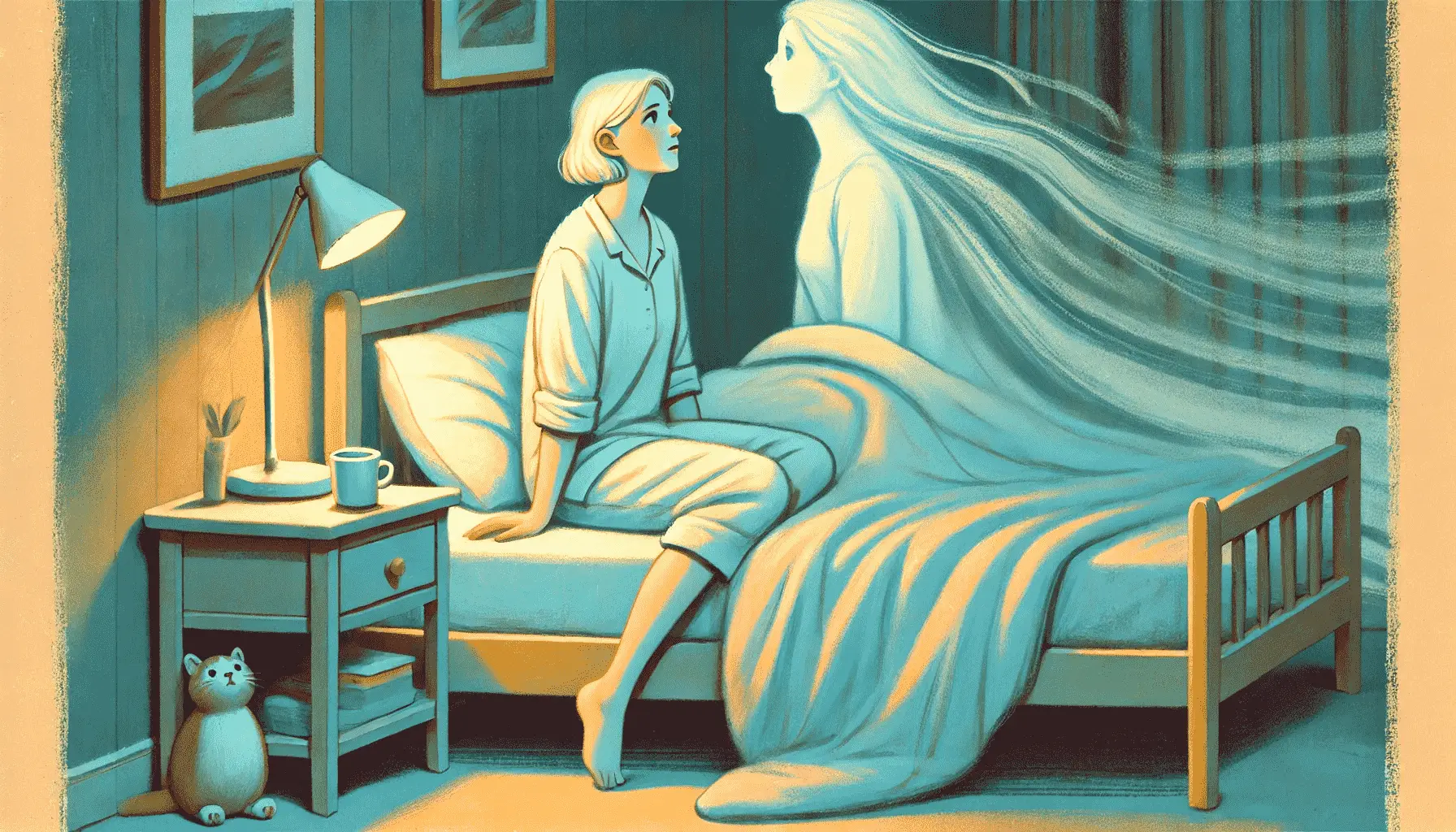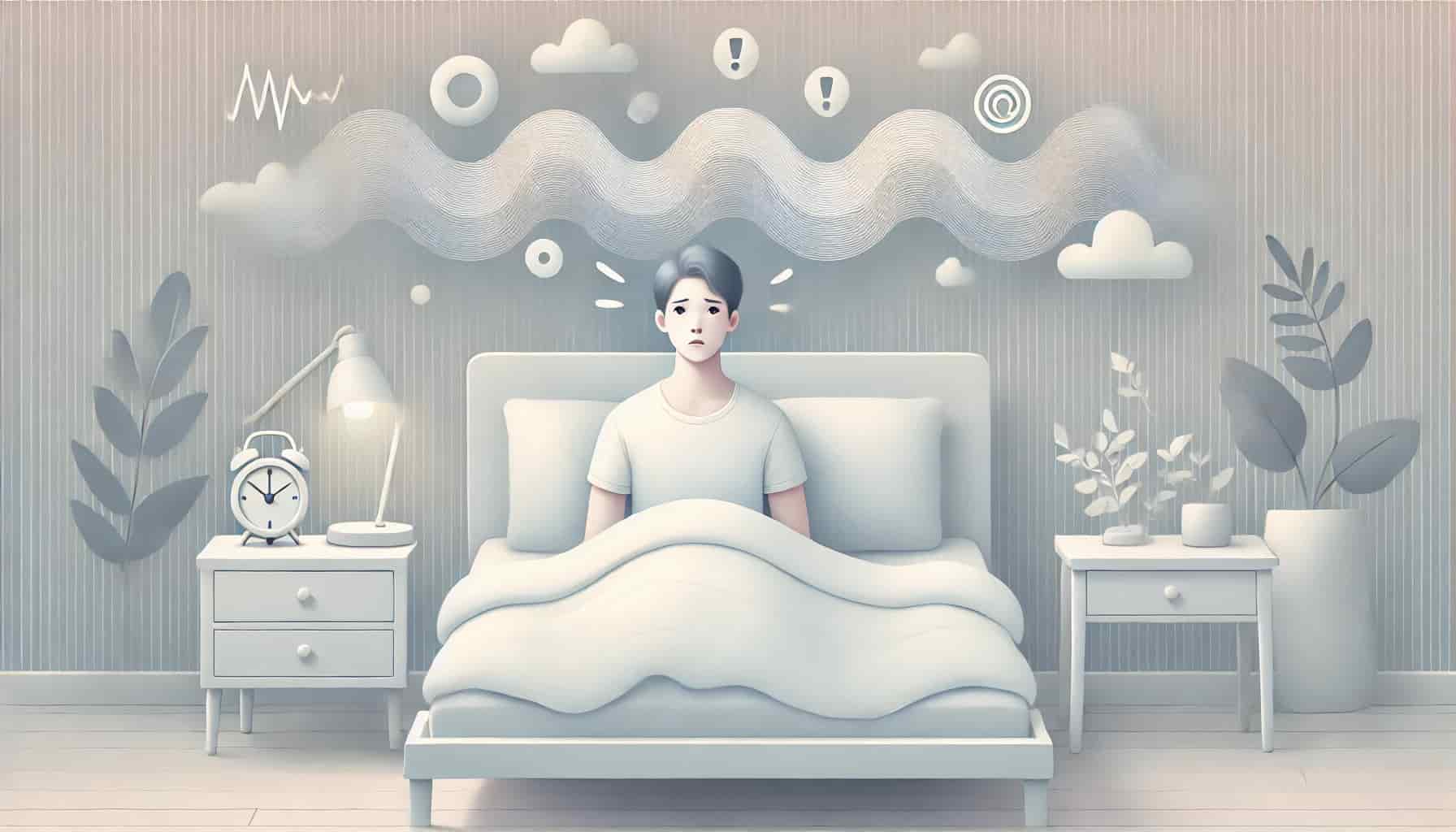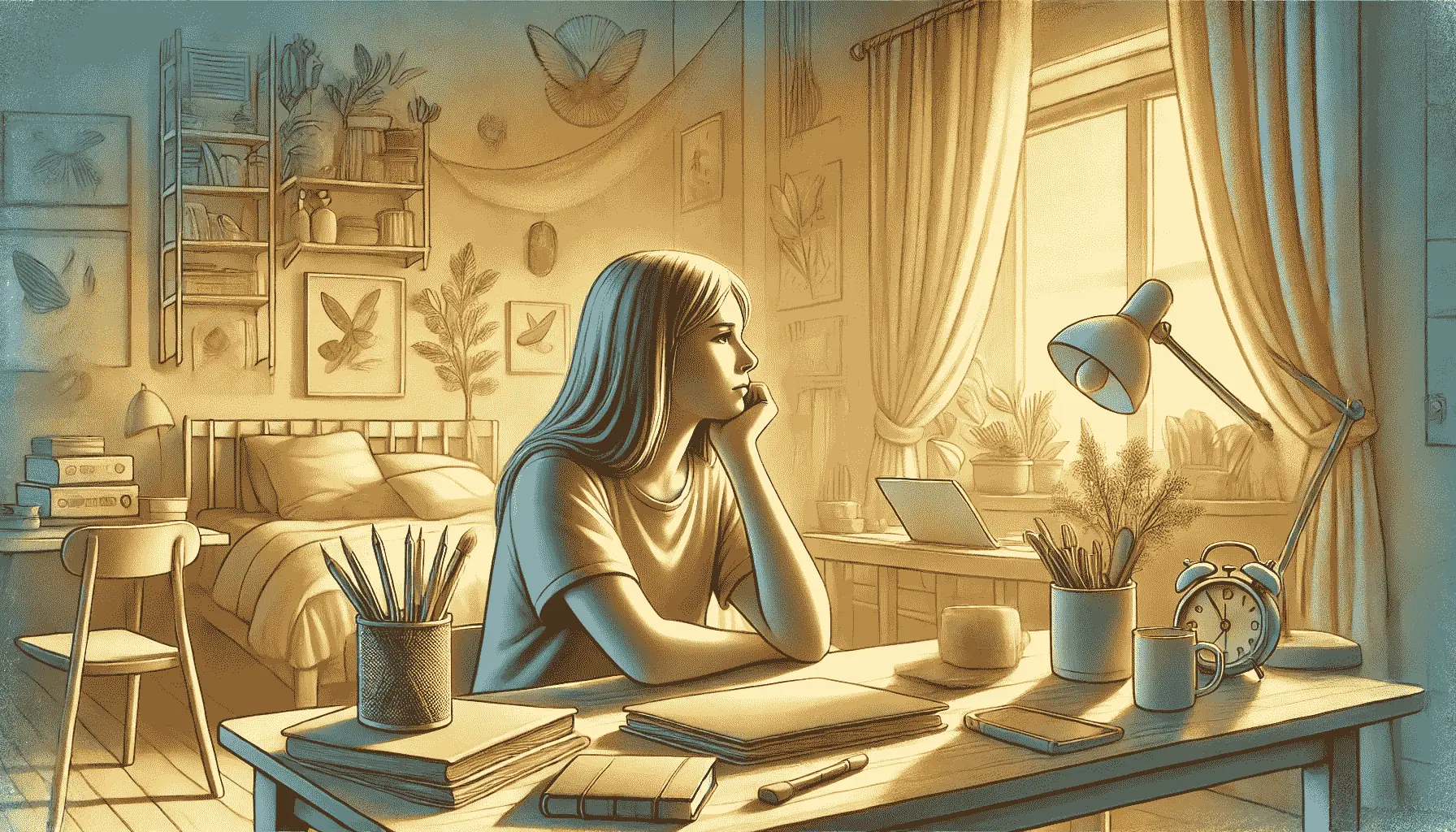Overview
Acrophobia, commonly known as the fear of heights, is one of the most prevalent phobias globally, including in India. Characterized by an intense fear of heights that can result in anxiety, dizziness, and even panic attacks, acrophobia affects millions of people. In a country like India, where many aspects of daily life, travel, and work may involve height exposure—whether it’s living in high-rise buildings, navigating hilly terrain, or engaging in traditional rituals—acrophobia can interfere with an individual’s normal functioning. With appropriate treatment and support, however, individuals can learn to manage their fear and lead a fulfilling life.
Acrophobia, derived from the Greek word “acron” (heights) and “phobos” (fear), is a specific phobia involving an irrational or excessive fear of heights. While it is normal for most people to feel a degree of uneasiness at great heights, individuals with acrophobia experience disproportionate fear and anxiety, which can manifest even in relatively safe settings, such as standing on a balcony or using a staircase.
The causes of acrophobia are complex and vary from individual to individual. Some people may develop this fear after a traumatic experience involving heights, such as a fall or witnessing an accident, while others may inherit it genetically, as phobias tend to run in families. The condition can also develop without any identifiable trigger.
In India, where traditional living arrangements often involve multi-story buildings, acrophobia can create significant challenges. The country’s diverse geography—with hill stations, mountains, and vertical landscapes like the Western Ghats and the Himalayas—may also heighten the anxiety associated with acrophobia for some individuals.
Key Facts
- Acrophobia affects around 5% of the global population, with a similar prevalence expected in India.
- People with acrophobia experience an overwhelming fear when exposed to heights, whether in reality or even in visualized scenarios.
- The intensity of the fear varies: some individuals experience mild discomfort, while others suffer from extreme anxiety, making even the thought of heights unbearable.
- Acrophobia is often linked to other anxiety disorders and can significantly impact a person’s daily activities and quality of life.
Symptoms of Acrophobia
Acrophobia symptoms range from mild to severe, and may be triggered by different situations, including simply imagining or thinking about heights. Symptoms can be physical, emotional, or behavioral.
- Physical Symptoms:
- Dizziness or lightheadedness when looking down from a height.
- Sweating, shaking, or trembling at the thought of heights.
- Increased heart rate and shortness of breath when exposed to heights.
- Nausea or a feeling of losing control.
- Emotional Symptoms:
- Intense fear or panic when confronted with the idea of being in a high place.
- A feeling of helplessness or dread when looking down from a height.
- The urge to flee from a high place or avoid it altogether.
- Behavioral Symptoms:
- Avoiding places with heights, such as tall buildings, bridges, or even escalators.
- Refusing to engage in activities like hiking, climbing stairs, or visiting rooftop restaurants or tourist sites.
- In extreme cases, individuals may avoid travel or social interactions that could lead them to be in situations involving heights.
Risk Factors and Causes
Several factors may contribute to the development of acrophobia, ranging from environmental to genetic factors. Understanding these causes can provide insight into how acrophobia manifests and how it can be treated.
- Traumatic Experiences: A personal traumatic event, such as falling from a height or witnessing an accident involving heights, can lead to the development of acrophobia.
- Genetic Predisposition: Phobias, including acrophobia, can run in families. If a close family member has a phobia or anxiety disorder, there is a higher chance of developing a similar condition.
- Evolutionary Theories: From an evolutionary perspective, humans are naturally wired to fear dangerous situations, such as heights, as a survival mechanism. This could explain why many people, even those without acrophobia, are cautious around heights.
- Cultural and Environmental Factors: In India, where certain religious or traditional rituals involve heights (such as scaling temple towers or participating in festivals that involve heights), individuals may experience heightened anxiety. Similarly, cultural emphasis on staying grounded or avoiding risks can contribute to fear.
Impact of Acrophobia in Indian Life
In a country as diverse as India, acrophobia can affect many aspects of life, from career choices to social activities. India’s rapidly urbanizing cities are home to some of the tallest buildings and skyscrapers, and industries such as construction, tourism, and real estate often require individuals to work at or engage with heights. Additionally, India’s rich cultural heritage offers many iconic tourist destinations that are high up, such as forts, temples, and hill stations, which can be daunting for someone with acrophobia.
For individuals with acrophobia, simple tasks such as using an elevator in a high-rise building, crossing a bridge, or even visiting rooftop restaurants can become overwhelming. Social life may also be impacted, as individuals may avoid outings that involve high places, leading to feelings of isolation or embarrassment.
Treatment and Care
Acrophobia, like other specific phobias, is highly treatable with the right approach. Effective treatments focus on helping individuals confront their fear of heights in a controlled and safe environment.
- Exposure Therapy: This is one of the most common and effective treatments for acrophobia. It involves gradually and systematically exposing the individual to heights in a controlled setting, helping them confront and overcome their fear. Over time, repeated exposure helps reduce the intensity of the fear response.
- Cognitive-Behavioral Therapy (CBT): CBT helps individuals reframe their thinking about heights, addressing the irrational thoughts and fears that often fuel acrophobia. By learning to challenge and replace these negative thoughts with more rational ones, individuals can reduce their anxiety.
- Virtual Reality Therapy: In India, where access to certain heights may be limited for therapeutic purposes, virtual reality (VR) is emerging as a tool to simulate height exposure in a safe, controlled manner. VR therapy allows individuals to confront their fears without physically being in high places, making it an effective method for reducing anxiety related to heights.
- Relaxation Techniques: Mindfulness, yoga, and meditation—practices deeply rooted in Indian culture—can help individuals with acrophobia manage anxiety. These techniques teach individuals how to calm their bodies and minds during moments of stress, reducing the physical symptoms of fear.
Medicines
In some cases, medications may be prescribed to help manage the anxiety associated with acrophobia. These are typically used in conjunction with therapy, rather than as standalone treatments.
- Anti-Anxiety Medications: Drugs like benzodiazepines may be prescribed on a short-term basis to help alleviate acute anxiety in specific situations, such as visiting a high place.
- Beta-Blockers: These medications can help manage physical symptoms like rapid heart rate and trembling by blocking the effects of adrenaline.
- Antidepressants: Selective serotonin reuptake inhibitors (SSRIs) may be prescribed for individuals who experience generalized anxiety or depression alongside acrophobia.
Note: Medication should be prescribed and monitored by a healthcare professional to ensure efficacy and manage any potential side effects.
Coping Strategies
While treatment is essential, adopting coping strategies can help individuals manage their fear of heights in daily life.
- Gradual Exposure: Start small, like standing on a low stool or going up a short flight of stairs, and gradually increase the exposure to higher places.
- Breathing Exercises: Practicing deep breathing or pranayama can help control the physical symptoms of anxiety, such as a racing heart, and bring a sense of calm when dealing with heights.
- Positive Visualization: Visualizing oneself confidently standing at a height or walking across a bridge can help reduce the emotional impact of actual exposure.
Conclusion
Acrophobia can be a debilitating condition, especially in a country like India, where both rural and urban environments may require exposure to heights in various forms. However, with increased awareness and access to treatment options like exposure therapy, CBT, and even virtual reality, individuals can manage and overcome their fear. With proper care and coping strategies, acrophobia no longer has to limit the activities or life experiences of those affected by it.

